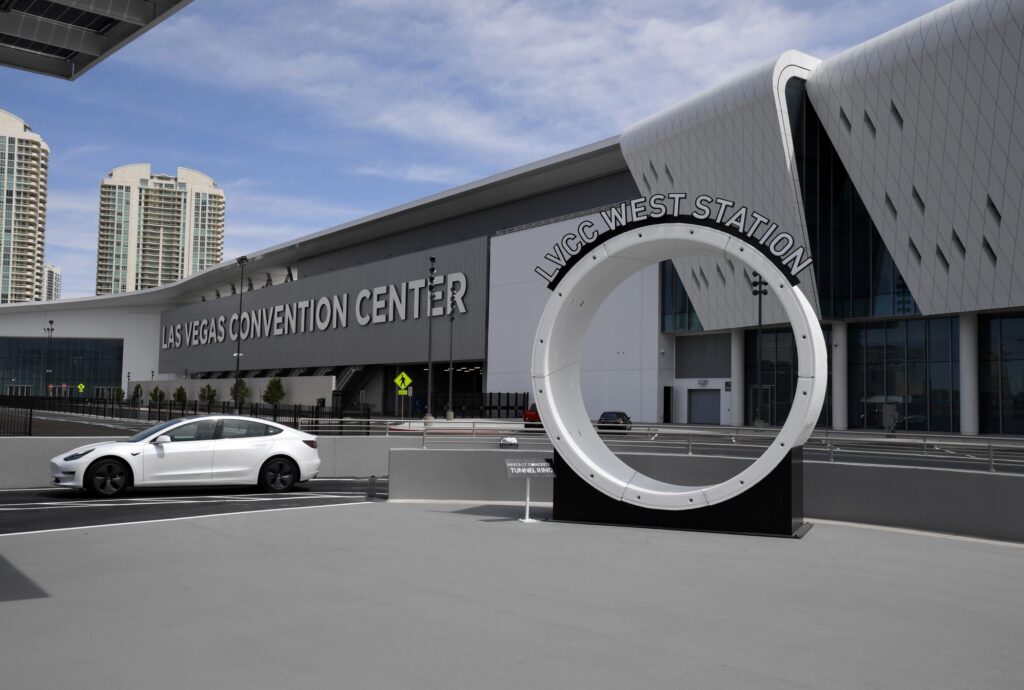Convention Centers Not Fully Recovered, Worker Shortages Hit Construction Firms, Mortgage Rates Rise
admin / February 2023
What You Need To Know To Start Your Day
Convention Centers Not Fully Recovered
Big-city convention centers, significant generators of demand for nearby hotels, stores, restaurants and other support businesses, have yet to return to pre-pandemic attendance levels despite a general recovery in corporate and leisure travel, according to analytics firm Placer.ai.
Analysts said convention centers began to show signs of recovery in the first half of 2021 from shutdowns created by conference cancellations that began with pandemic-related travel restrictions arising in March 2020. However, convention center visits were still 14.6% below pre-pandemic levels in June 2022, with the gap narrowing slightly to 14.2% in December 2022.
In January, convention attendance was 25.3% below the pre-pandemic level for the same month of 2020. A new Placer.ai report cited trends including the rising popularity of hybrid conferences, which are held in person with virtual formats.
Many participants to remotely, which may represent a “new normal” for the convention industry, similar to what’s happening with corporate offices.
“But the stalling recovery may also be due to temporary setbacks related to the wider macro-economic situation, which is driving many large companies to reign in their travel budgets until the current headwinds blow over,” Place.ai analysts said in the report released Feb. 16.
Researchers said the shifting environment was epitomized by January’s Consumer Electronics Show in Las Vegas, traditionally among the world’s largest technology-related conventions. The show drew 175,000 visitors in 2019, but that dropped to 40,000 in 2022 as COVID surges encouraged many to attend the conference virtually.
Attendance rebounded at this year’s show but fell short of pre-pandemic attendance at around 100,000.
Worker Shortages Weigh on Construction Firms
The availability of skilled workers remains a key concern among construction industry executives. But there is cautious optimism for 2023 business prospects among contractors and equipment suppliers involved in nonresidential construction, according to the latest annual industry forecast survey from Wells Fargo.
The financial services firm found economic uncertainty, rising interest rates and supply chain disruptions also still weighing on planning decisions for 2023. The nationwide survey found 82% of respondents citing inflation as a major impact on profits, with material costs cited by 59%.
Shortages of skilled employees and rising costs to recruit and retain the right workers remain the dominant industry concerns, similar to findings in last year’s survey by Wells Fargo’s equipment finance division.
This year’s survey elicited responses from 320 construction industry executives in 44 states, and 80% of respondents said hiring issues are creating difficulties.
Respondents generally remain optimistic about prospects for their industry and the larger economy in 2023 and 2024, with construction equipment distributors somewhat more optimistic than contractors. Among contractors surveyed, 48% expect nonresidential construction activity in 2023 will equal 2022 levels, 25% predict a decline and 27% expect an increase.
“Despite a number of market variables, the level of optimism reflected in the 2023 forecast survey confirms industry leaders maintain a deep-seated belief in economic recovery,” James Heron, national sales manager for Wells Fargo’s equipment finance group, said in a statement.
Mortgage Rates Rise
After several weeks dominated by declines, mortgage rates moved up for the second consecutive period for the week ended Feb. 16, according to the latest national survey of lenders by Freddie Mac.
The government-backed lending agency reported 30-year, fixed-rate mortgages averaged 6.32%, up from the prior week’s 6.12% and well above 3.92% in the comparable week of 2022. The average for 15-year, fixed-rate loans was 5.51%, compared with 5.25% a week earlier and 3.15% a year earlier.
“The economy is showing signs of resilience, mainly due to consumer spending, and rates are increasing,” Freddie Mac Chief Economist Sam Khater said in a statement. “Overall housing costs are also increasing and therefore impacting inflation, which continues to persist.”
The government reported January’s annual consumer inflation rate was 6.4%. That was down slightly from the prior month’s 6.5%, but it also noted shelter costs including rent were the among the biggest contributors to inflation staying close to 40-year highs. Shelter costs rose 0.7% from the prior month and 7.9% from a year earlier.
Analysts note persistent high inflation could encourage Federal Reserve moves to steepen interest rate hikes, resulting in further financing challenges for prospective homebuyers including apartment renters.
« Previous Next »

